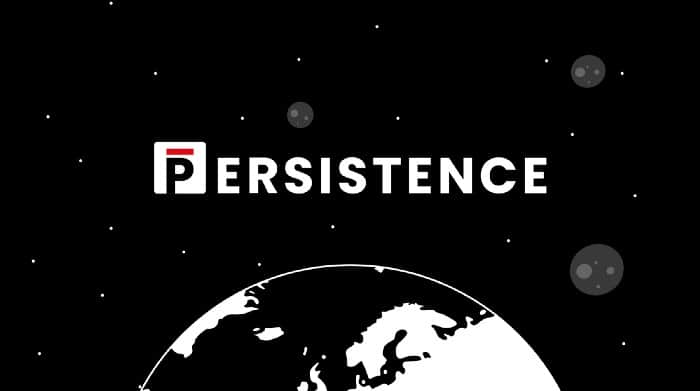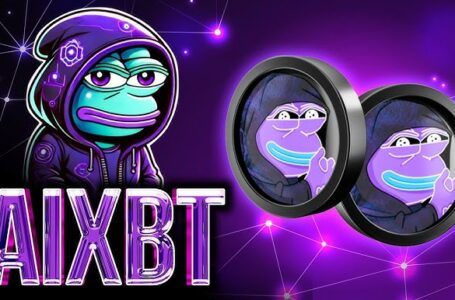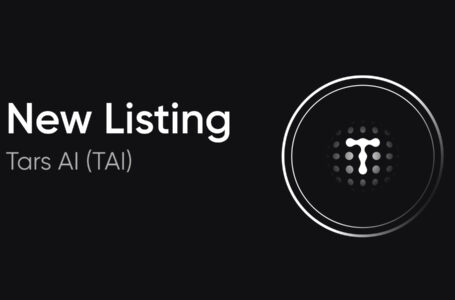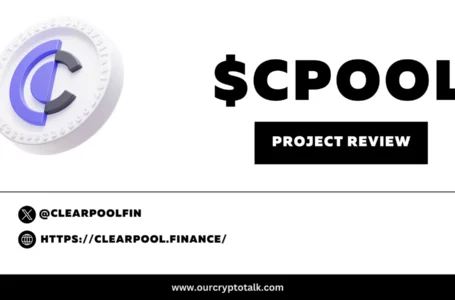
The idea of developing Web 3.0 has captured the attention of countless projects and developers throughout the crypto industry. Only a few short years ago, Web3 was nothing more than an idea – something that many believed won’t be here for years, maybe even decades. However, as the blockchain technology development started speeding up, it appears that the idea is rapidly becoming a reality.
With Web3 suddenly becoming a lot more realistic and possible, an entire wave of projects emerged, working on making it possible, and making it better than the regular web and its services. More importantly, they are working on introducing all those background processes and details that most users will likely not even think about, but which are, and will be crucial for the decentralized version of the web to work properly.
One such project is Persistence (XPRT) — a Tendermint/Cosmos-based Layer-1 network that wishes to create an ecosystem of multi-chain Web3 products designed to stimulate global liquidity and enable seamless value exchange.
How Does Persistence (XPRT) Work?
Persistence is a project that aims to enable exposure to multiple asset classes, including Liquid staking, NFTs, and Synthetics. Its mission is to develop an ecosystem consisting of multi-chain Web3 products, all of which are designed to stimulate global liquidity and enable seamless value exchange.
The project has a PoS-based core mainnet chain, powered by the Tendermint BFT consensus engine. It also features a multi-chain tech stach, powered by Tendermint, Ethereum, and Cosmos. This kind of structure empowers developers, allowing them to build decentralized exchanges, NFT marketplaces, lending and borrowing platform, and more. Finally, the project is also working on creating inter-chain non-fungible tokens and metadata standards alongside the PoS networks and foundations.
All of this and more makes Persistence one of the pioneers of the PoS industry, especially since it also supports upcoming PoS networks, and it is actively trying to contribute to the creation of new products and projects by offering grants to anyone who shows up with an interesting idea that could contribute to its cause.
What Problems Does Persistence (XPRT) Solve?
Persistence wishes to solve certain issues tied to the quality and operability of Web3. Specifically, it is working on enabling the following:
Exposure to multiple asset classes
One of Persistence’s main goals is to enable exposure to a variety of asset classes, including Liquid Staking (pSTAKE), NFTs (Asset Mantle), and Synthetics (Comdex). As mentioned before, these and similar products are meant to stimulate global liquidity and ensure that there will always be enough liquidity to match the demand of the global trading community. Another goal is to enable seamless value exchange, meaning that it wishes to make value exchange easy, reduce waiting periods, and generally make all the involved processes flow smoothly and with no issues.
Developing PoS economy
As mentioned, Persistence is a Tendermint/Cosmos-based Layer-1 network that is building an entire economy around Liquid Proof-of-Stake assets. What this means is that it wishes to make liquid staked assets the default assets of the PoS economy. The project believes that this is the right approach as the growth of the Proof of Stake space has been extremely rapid over the last several years. During that time, it PoS space positioned the liquid staking industry at the inflection point. Now, the project’s ecosystem has a growing number of users and builders who are trying to contribute to making Liquid staked assets the default assets of the PoS economy.
Interoperability
The project is also an interoperable protocol that provides developers with the ability to develop their own applications that are either modular, sovereign, or built on top of Persistence’s own CosmWasm layer. Also, its StakeDrop campaign included several partners, including Kava, Terra, Cosmos, and Polygon.
Benefits of Persistence (XPRT)
Now, let’s talk about what you can get from joining this project, and what it has to offer to its users. There are two major things that we would like to touch upon here, including:
DeFi opportunities
The project is focusing strongly on providing DeFi for Liquid Staking, allowing users to explore multiple decentralized finance opportunities for stkASSETs within the Persistence ecosystem. Users can engage in lending and borrowing, which has been the top-ranking DeFi functionality for years now, with lending projects being the largest based on TVL. Other than that, it also allows users to engage with DEXes, or decentralized exchanges, which have grown to become more than a match for anything that centralized exchanges (CEXes) have to offer.
With DEXes, you can also enjoy greater security, as all of your funds remain in your own private wallet, and there is no need to deposit your money into the exchange-operated wallet. That means that the danger of being hacked is reduced significantly and that you will finally be in full control of your funds, without having to share that control with anyone else.
Receiving grants for interesting project ideas
Lastly, the project is also very interested in innovation and further development of the crypto/blockchain industry. This is why it is always interested in hearing about new ideas and proposals, and it offers grants to those whose ideas are interesting and innovative enough. In other words, if you have an idea but lack the money to put it into work and make it a reality — this project will support you, provided that it sees the value in your idea.


















